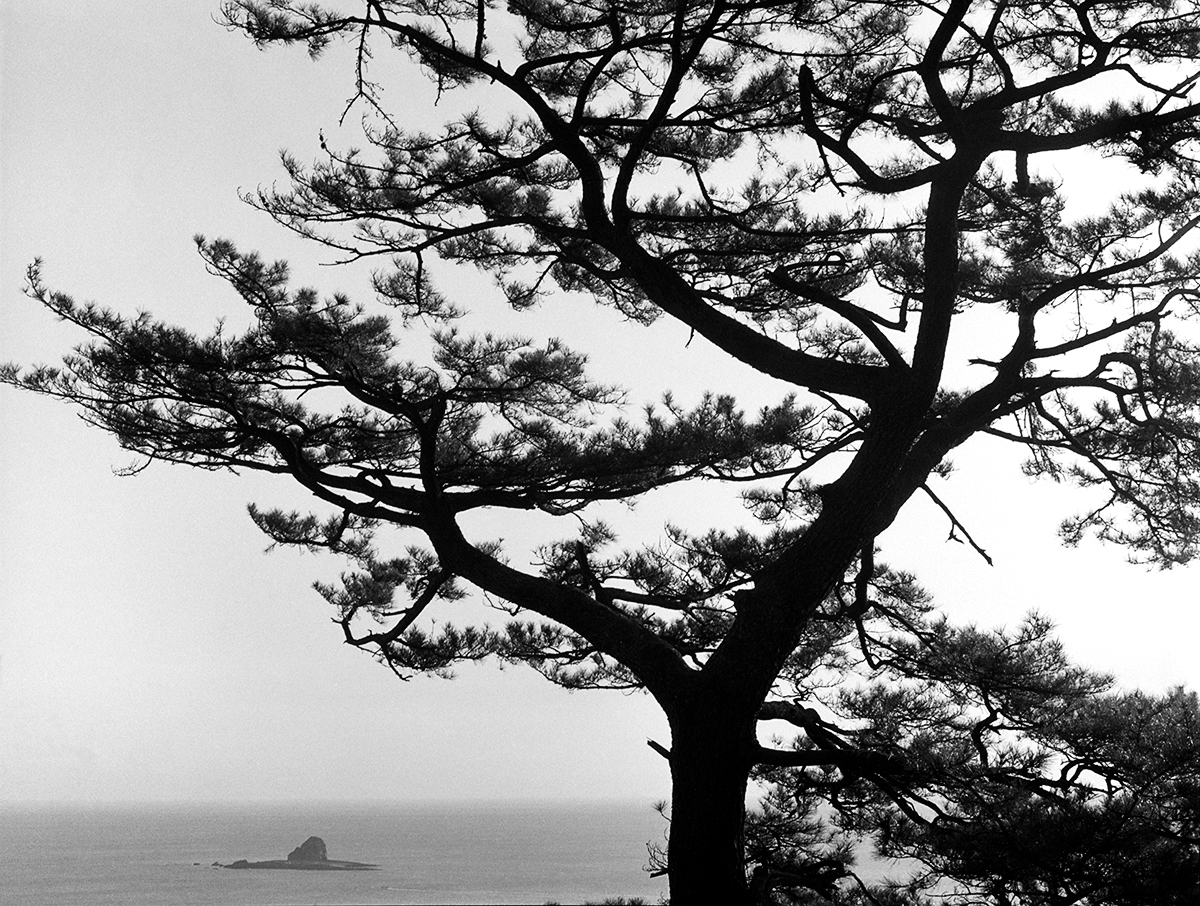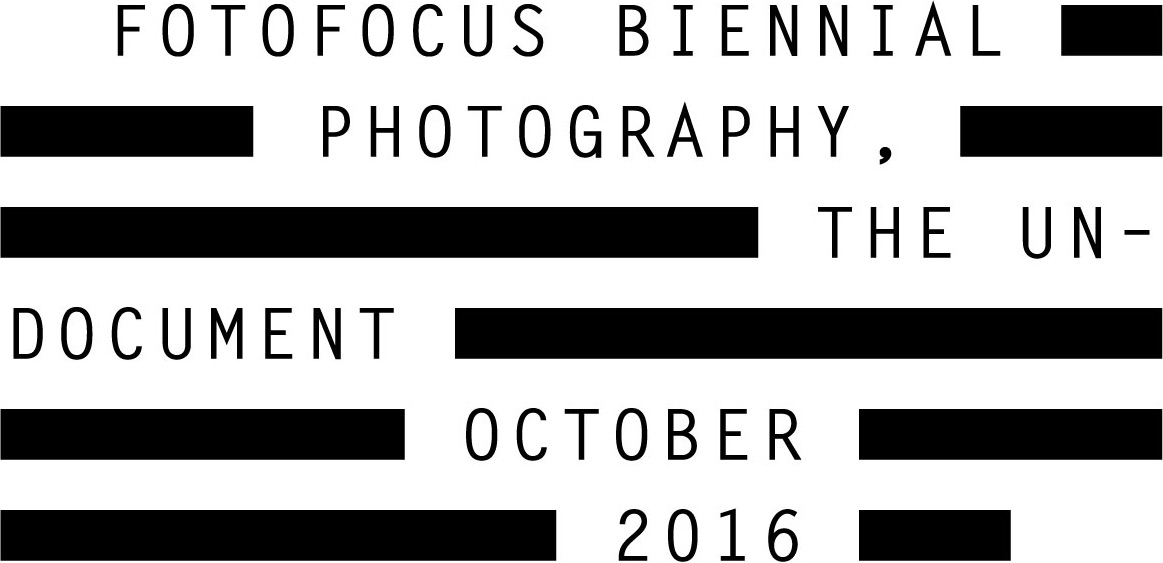
Miami University Art Museum

Winter in Jeju-Do
Like many photographers, Caroline Philippone is drawn to the allure of knowing that she is in command of the process, from lighting to exposure times. Philippone echoes most film photographers’ sentiments, when she explains that there is “so much more control; there is still a really special magic that happens when you process a roll of film and you see your images… and more appreciation for the images because you spent so much more time taking them.… It’s part of my everyday kind of life now. It’s easier for me to pre-visualize what’s going to happen on the film and through the print or the scan than with digital.” In this last statement, Philippone expresses the often noted belief that the camera, and film, exist as an extension of the photographer’s eye. On Jeju-Do, Philippone observed the quiet and contemplative nature of the island, thus was able to present it in a rich tapestry of images. Each image was carefully conceived and meticulously executed to capture what her mind and heart was able to experience at a specific moment.
Philippone maintained a strict use of black and white photography for her work on Jeju-Do. No color, just tonality. Her photos illustrate an embrace of the subtle nuances commonly explored in gray-scale. In this photo essay, for example, she compliments the characteristics of black and white film with the natural tones of winter, and the specific lighting at that time of year.
Her work for the Jeju-Do project includes 2¼ x 2¼ inch medium format film shot with a Bronica 645 and 35mm film shot with a Holga plastic pinhole camera.
